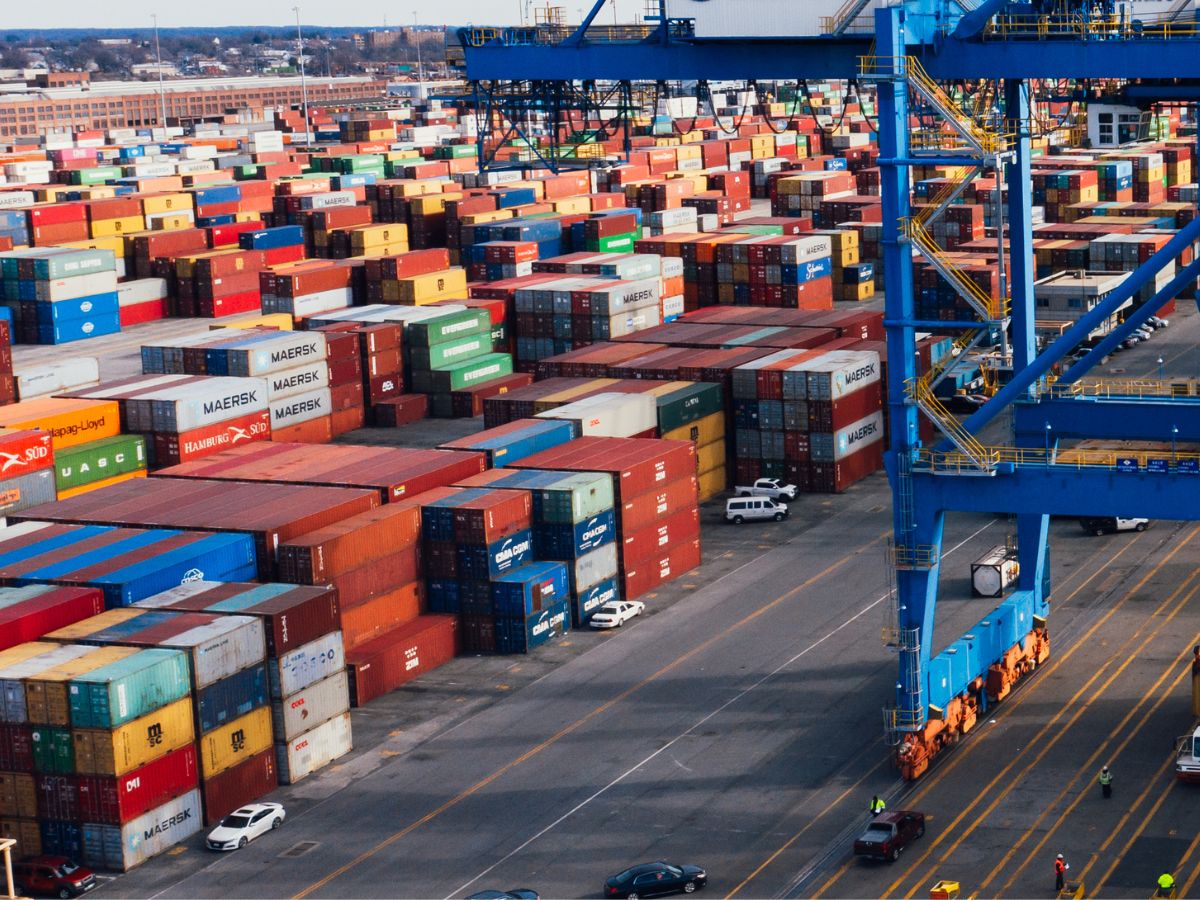Most business leaders understand the importance of asset management – the processes and systems used to track the value, condition and lifecycle of physical assets. But there’s a bigger picture.
In today’s connected operations, the real value lies not just in managing assets, but in understanding how the technology around those assets drives daily performance.
That’s where asset technology comes in.
Asset technology is the ecosystem of structures, sensors and software that surround and support the operation of a business’s physical assets. It’s about the data that flows through these assets, the systems that capture and interpret that data, and the decisions that follow.
As more businesses lean into IoT and telemetry, understanding asset technologies, in relation to and separate from asset management, becomes business-critical.
What is asset technology?
Asset technology consists of the digital systems that surround and support an operation’s physical assets. It includes everything from temperature sensors on refrigerated trucks, GPS asset trackers, maintenance scheduling platforms, remote asset monitoring systems, wearables for lone worker safety and software that powers field apps.
Where traditional asset management focuses on ownership and cost, asset technology focuses on use – how an asset is performing, where it’s located and what it needs next.
Craig Kesby, Inauro Co-CEO and Co-Founder, explains that asset technology spans more than just the tech. “It’s about grouping all of those things in an organisation that are around the asset and talking about it with the asset at the centre.”
That could mean bringing together HR data about who’s operating a machine, service history from a maintenance system, or live telemetry from the asset itself to paint a full picture of that asset.


Asset monitoring systems turn everyday equipment into data-driven tools that enhance visibility, performance, and control across operations.
The difference between IT and OT, and why it matters
Craig explains that in most organisations, technology is split into two worlds: IT (information technology) and OT (operational technology).
“IT systems handle finance, HR and enterprise data,” says Craig. “They’re secure, centralised and typically well-funded. OT systems, on the other hand, are what keep the operation running, such as job dispatch apps, factory controllers and sensors.”
The issue is that OT tools often evolve in isolation. They tend to be harder to roll out across a business, and organisations tend to spend less on them. This can lead to a fragmented OT tech stack and disconnected data.
Understanding asset technology can help.
“Rather than focusing just on IT or OT, at Inauro, we’re focused on the thing in the middle – the asset you’re using to produce, drive or deliver. We bring those systems together so that the data around that asset is connected, contextual and ready for action.”
From siloed systems to connected assets: what you need to know
Unlike finance-driven asset management systems, which focus on cost, compliance or depreciation, asset technology focuses on operational performance. It enables real-time tracking, condition monitoring and smarter decision-making.
But this can happen only when data flows freely between the systems around an asset. This is where many organisations hit a wall. “The biggest challenge is this fragmented data because it creates a lack of context,” Craig explains. “When you have data gaps, it’s difficult to understand what it is that you’ve got and what you’re trying to do.”
The layered nature of asset technology – combining hardware, software and cloud platforms like Perspio™ – enables organisations to build an IoT asset tracking system that delivers real-time insights across the fleet or field.
By unifying data across sources, asset technology allows businesses to understand not just what’s happening, but why, creating context and allowing teams to respond while it still matters. Craig explains: “Let’s take the example of an idling truck. Generally, that’s not something you want to see, but idling in itself is not bad if it’s 42 degrees and the driver is running the aircon for safety.
“It’s having meaningful connections that give us the ability to get the data in, apply context to it and generate outcomes in a timely fashion.”
How Inauro helps businesses rethink asset technology
Connecting systems is important. But the approach we take at Inauro goes further. Instead of asking teams to switch platforms or build APIs, we start by mapping the operational needs of your business, taking fragmented systems and tools to help you build a complete picture.
At the core is our AI-powered platform Perpio™.
“With Perspio™, we create an asset twin that will hold every piece of data relevant to that asset, no matter where it’s coming from – whether it’s an asset tracking and monitoring system, telematics feed or work order tool,” Craig says. “We’re not just connecting up and piping out information. We’re making sense of the data before we move it on.”
This approach reduces integration complexity and ensures the right information lands where it’s needed, without teams having to write custom code.
And the user experience? Seamless. “The people on site don’t need new software. We just feed them the information they need in the format they’re used to.”
Rethink your assets with Inauro
Asset technology brings clarity to connected operations by unifying the asset monitoring systems and digital tools surrounding physical assets. By placing the asset at the centre and connecting the tools around it, we can help you move from siloed insights to meaningful, real-time impact. Like to explore more? Get in touch today.


